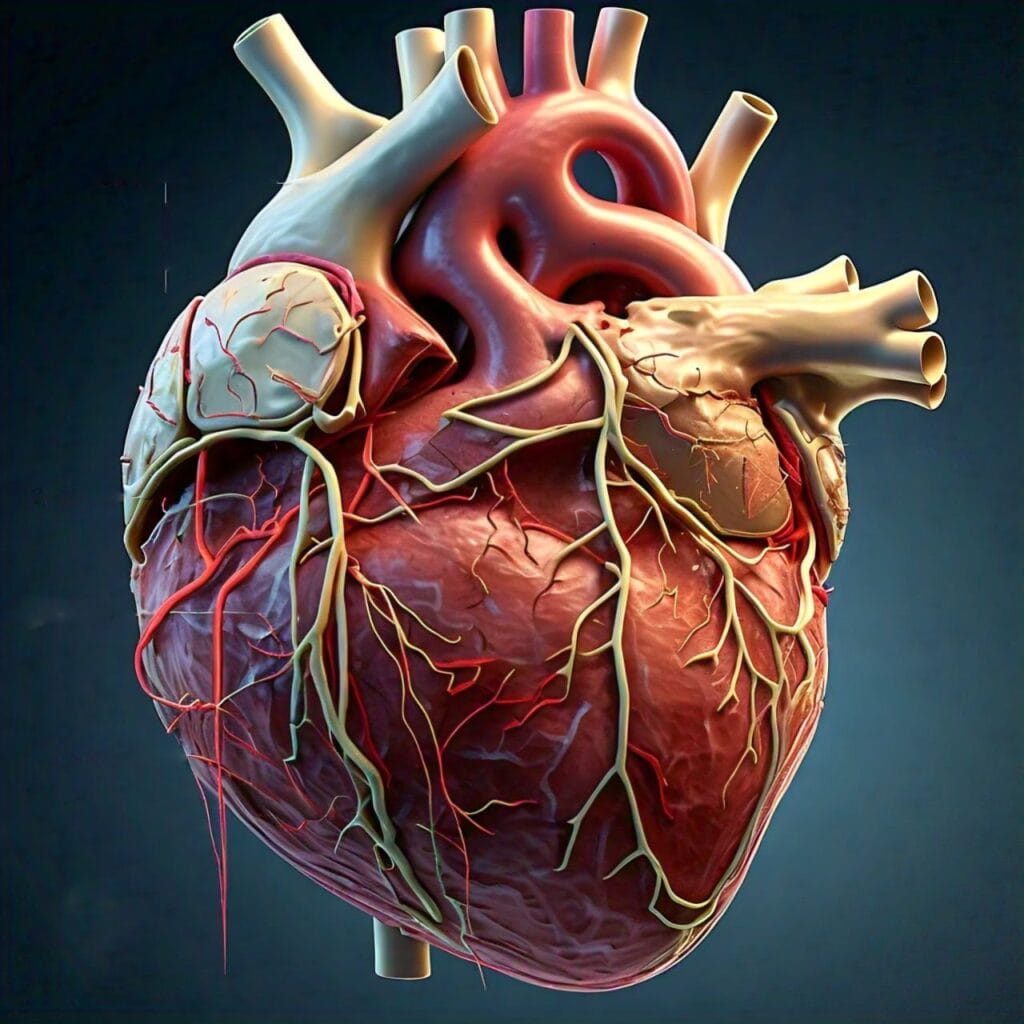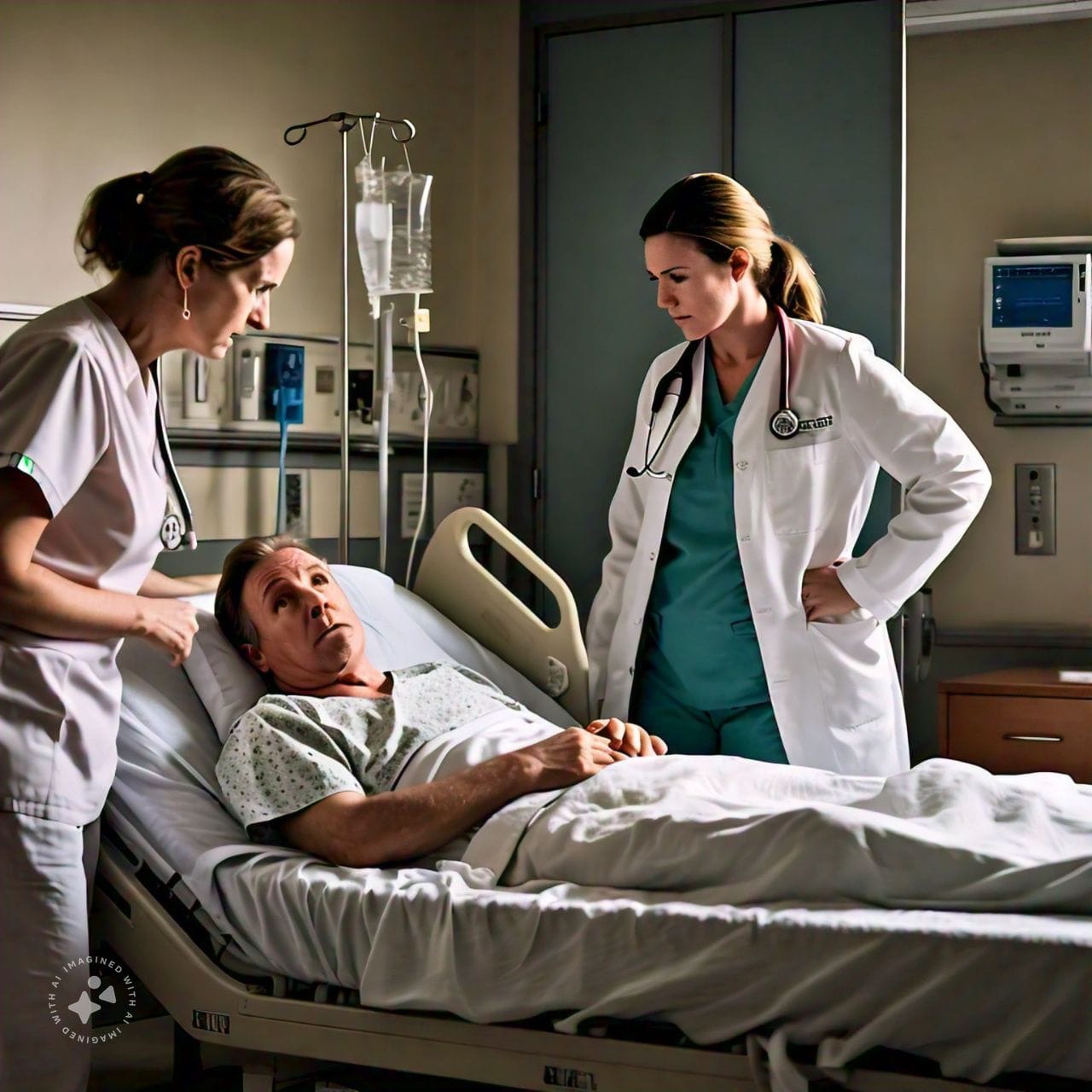“More Than 100 Beats Per Minute “Arrhythmias” ?” article aims to provide a comprehensive overview of Arrhythmias are irregular heartbeats that can affect the heart’s ability to pump blood effectively. They can be harmless, or they can lead to serious health complications, including stroke and heart failure. This article aims to provide a comprehensive overview of arrhythmias, including their types, causes, symptoms, diagnosis, and treatment options.
What is an Arrhythmia?
“More Than 100 Beats Per Minute “Arrhythmias” ?” article aim to provide a comprehensive overview of Arrhythmias which are complex cardiac conditions that involve abnormal heart rhythms that can lead to serious health consequences if left untreated. This article delves deeply into the mechanisms, classifications, causes, symptoms, diagnosis and treatment of arrhythmias which are supported by research and reliable external resources.
Arrhythmias occur when the heart’s electrical system malfunctions, causing the heart to beat too quickly (tachycardia), too slowly (bradycardia), or irregularly. The heart’s rhythm is regulated by electrical impulses generated in the sinoatrial (SA) node, which can be disrupted by various factors.

Types of Arrhythmias
Arrhythmias can be broadly categorized based on their origin and heart rate:
Supraventricular Arrhythmias
These originate above the ventricles and include:
“More Than 100 Beats Per Minute “Arrhythmias” ?” article aim to provide a comprehensive overview of Supra ventricular arrhythmias (SVAs) are a group of abnormal heart rhythms that originate above the ventricles, specifically in the atria or the atrioventricular (AV) node. They are among the most common types of arrhythmias and can range from benign to life-threatening. This article provides a comprehensive overview of supra ventricular arrhythmias, including their types, signs, symptoms, and potential management strategies.
Types of Supra ventricular Arrhythmias
Supra ventricular arrhythmias can be classified into several categories:
Atrial Fibrillation (AFib): The most common type of supra ventricular arrhythmia. It involves chaotic electrical activity in the atria, leading to an irregular and often rapid heartbeat. AFib can increase the risk of stroke and heart failure, Characterized by chaotic electrical signals in the atria, leading to an irregular and often rapid heartbeat. AFib is associated with an increased risk of stroke..
Atrial Flutter: A more organized rhythm than AFib, atrial flutter often presents with a rapid heartbeat but a more regular pattern. It may also be associated with an increased risk of stroke, Similar to AFib but more organized, resulting in a rapid heartbeat.
Supra ventricular Tachycardia (SVT): This is a general term for episodes of rapid heart rate originating above the ventricles. Types of SVT include:
- AV Nodal Reentrant Tachycardia (AVRT): Involves a reentrant circuit within or around the AV node, leading to rapid heart rates.
- Atrial Tachycardia: An abnormal electrical impulse in the atria leads to an elevated heart rate.
- Premature Atrial Contractions (PACs): These are extra beats that originate in the atria and can lead to a sensation of skipped beats or palpitations. While usually benign, frequent PACs may require evaluation.
Ventricular Arrhythmias
These originate in the ventricles and can be life-threatening:
“More Than 100 Beats Per Minute “Arrhythmias” ?” article aim to provide a comprehensive overview of Ventricular arrhythmias are abnormal heart rhythms originating from the heart’s lower chambers (ventricles). These arrhythmias can range from mild to life-threatening, requiring prompt medical attention. Ventricular arrhythmias affect millions worldwide, causing significant morbidity and mortality.
Types of Ventricular Arrhythmias
Ventricular Tachycardia (VT): Rapid heartbeat (more than 100 beats per minute) from the ventricles. A fast heartbeat that can lead to more serious conditions.
Ventricular Fibrillation (VF): Chaotic, irregular heartbeat leading to cardiac arrest. A critical condition where the heart quivers instead of pumping effectively, requiring immediate medical attention.
Premature Ventricular Contractions (PVCs): Early beats originating from the ventricles.
Ventricular Bigeminy: Alternating pattern of normal and premature ventricular beats.
Causes of Arrhythmias
Arrhythmias can result from various factors, including
- Heart Conditions: Coronary artery disease, heart valve disorders, and previous heart attacks.
- Electrolyte Imbalances: High or low levels of potassium, sodium, calcium, and magnesium.
- Medications: Some drugs, including those for high blood pressure or asthma, can contribute to arrhythmias.
- Stress: Physical or emotional stress can trigger irregular heartbeats.
- Lifestyle Factors: Excessive alcohol or caffeine consumption, smoking, and drug use can increase the risk.
- Other Health Conditions: Conditions like diabetes, thyroid disease, and sleep apnea may also play a role.
Signs and Symptoms
“More Than 100 Beats Per Minute “Arrhythmias” ?” article aim to provide a comprehensive overview of The signs and symptoms of supraventricular arrhythmias can vary widely depending on the specific type and severity of the condition. Some individuals may experience no symptoms, while others may have significant distress. Common signs and symptoms include:
- Palpitations – A sensation of rapid, fluttering, or pounding heartbeats. This is one of the most common complaints among individuals with SVAs.
- Dizziness or Lightheadedness – Many people may feel faint or dizzy, particularly during episodes of rapid heart rate. This can occur due to reduced blood flow to the brain.
- Shortness of Breath -Difficulty breathing, especially during exertion, is a common symptom. This can be exacerbated by a rapid heart rate.
- Chest Discomfort or Pain – Some individuals may experience chest pressure or discomfort, which can mimic angina or heart attack symptoms. It is crucial to differentiate this from more serious conditions.
- Fatigue– A general feeling of tiredness may occur, especially during or after episodes of rapid heart rate.
- Fainting or Near-Fainting (Syncope) – In more severe cases, individuals may experience fainting spells due to inadequate blood flow to the brain.
- Anxiety -The irregular heartbeats can lead to feelings of anxiety or panic, often exacerbating the situation.
- Other Symptoms – Some individuals might experience nausea, sweating, or a sense of impending doom during episodes and Chest pain.
Risk Factors
1. Heart attack or scarring
2. Cardiomyopathy
3. Electrolyte imbalance
4. Medication side effects
5. Genetic conditions
6. Alcohol or substance abuse
7. Stress and anxiety
Diagnosis
Diagnosing supraventricular arrhythmias typically involves several steps:
Medical History and Physical Examination: A healthcare provider will assess symptoms and medical history, including any predisposing conditions such as hypertension or heart disease.
Electrocardiogram (ECG/EKG): This is the primary diagnostic tool. It records the heart’s electrical activity and can identify specific types of SVAs based on the heart’s rhythm.
Holter Monitor: A portable ECG device worn for 24-48 hours to capture intermittent arrhythmias that may not occur during a standard ECG.
Event Monitor: Similar to a Holter monitor but used over a longer period, allowing patients to activate the device when they feel symptoms.
Echocardiogram: This ultrasound test evaluates heart structure and function, helping identify underlying issues contributing to arrhythmias.
Electrophysiological Study (EPS): In certain cases, an invasive procedure may be performed to map the heart’s electrical activity and pinpoint the origin of the arrhythmia.
Treatment and Management
The treatment of supraventricular arrhythmias depends on the type, severity, and underlying conditions. Common management strategies include:
Lifestyle Modifications
Reducing caffeine, alcohol, and stimulant use, along with stress management, can help minimize episodes.
Medications
- Antiarrhythmics: These drugs help control heart rate or restore normal rhythm.
- Beta-Blockers: Often used to manage heart rate and reduce symptoms.
- Calcium Channel Blockers: Can also be effective in controlling heart rate.
- Anticoagulants: Particularly for AFib, to reduce the risk of stroke.
- Cardioversion – A procedure that delivers an electrical shock to restore normal rhythm. This can be performed externally or internally, depending on the situation.
- Pacemaker Implantation – In cases of bradycardia or certain types of arrhythmias, a pacemaker may be necessary to regulate heart rhythm.
- Surgery – In rare cases, surgical intervention may be required to correct structural heart problems contributing to arrhythmias.
Prevention
Healthy lifestyle habits
Regular health check-ups
Monitoring for underlying conditions
Complications and Prognosis
Untreated ventricular arrhythmias can lead to:
1. Cardiac arrest
2. Heart failure
3. Stroke
4. Sudden cardiac death
Conclusion
Arrhythmias are common and can range from benign to life-threatening. Understanding their types, causes, and symptoms is crucial for early diagnosis and treatment. If you experience any unusual heart rhythms or symptoms, it’s important to consult a healthcare professional for an accurate diagnosis and appropriate care. With the right treatment, many individuals with arrhythmias can lead normal, active lives.
Further Reading and Resources
- American Heart Association – Arrhythmias: AHA on Arrhythmias
- Mayo Clinic – Atrial Fibrillation: Mayo Clinic on Atrial Fibrillation
- National Heart, Lung, and Blood Institute (NHLBI): NHLBI on Atrial Fibrillation
- European Heart Rhythm Association
Frequently asked questions (FAQs) about Arrhythmias
Question 1: What is an arrhythmia?
Answer: An arrhythmia is an abnormal heartbeat rhythm, where the heart beats too fast, too slow, or irregularly.
Question 2: What causes arrhythmias?
Answer: Arrhythmias can be caused by heart disease, electrolyte imbalances, medication side effects, genetic conditions, and lifestyle factors (alcohol, caffeine, stress).
Question 3: What are the symptoms of arrhythmias?
Answer: Symptoms include palpitations, shortness of breath, dizziness, fainting, chest pain, and fatigue.
Question 4: How are arrhythmias diagnosed?
Answer: Diagnosis involves electrocardiogram (ECG), Holter monitoring, echocardiogram, cardiac catheterization, and electrophysiology study.
Question 5: Can arrhythmias be treated?
Answer: Yes, treatment options include medication, cardioversion (electric shock), pacemakers, implantable cardioverter-defibrillators (ICDs), and catheter ablation.
Question 6: What is the difference between ventricular and supraventricular arrhythmias?
Answer: Ventricular arrhythmias originate from the heart’s lower chambers (ventricles), while supraventricular arrhythmias originate from the upper chambers (atria) or above.
Question 7: Can arrhythmias lead to heart failure or stroke?
Answer: Yes, untreated arrhythmias can increase the risk of heart failure, stroke, and sudden cardiac death.
Question 8: How can I prevent arrhythmias?
Answer: Maintain a healthy lifestyle (diet, exercise, stress reduction), manage underlying conditions (high blood pressure, diabetes), and avoid triggers (alcohol, caffeine).
Question 9: Can arrhythmias be inherited?
Answer: Yes, some arrhythmias have a genetic component, such as Long QT Syndrome and Brugada Syndrome.
Question 10: When should I seek emergency medical attention for an arrhythmia?
Answer: Seek immediate help if you experience severe chest pain, difficulty breathing, fainting, or palpitations with dizziness.

